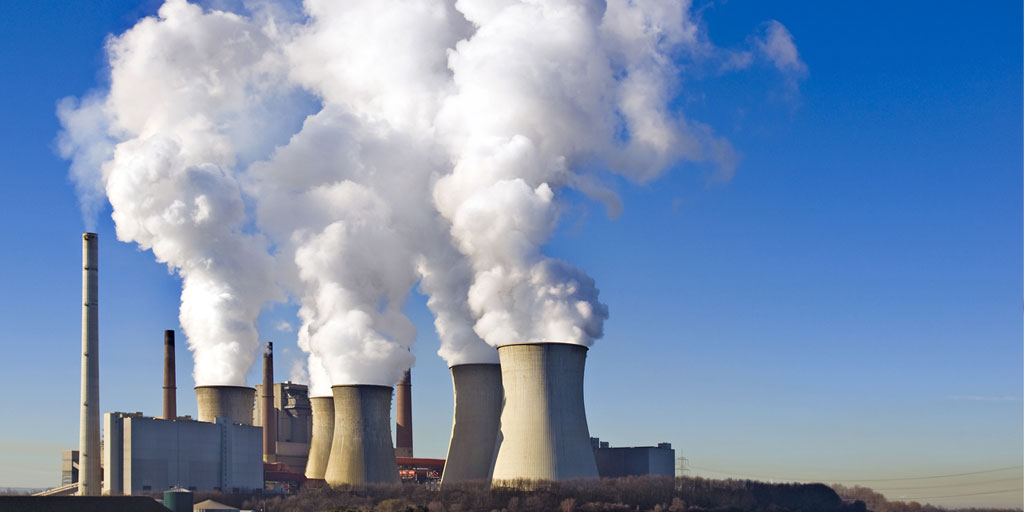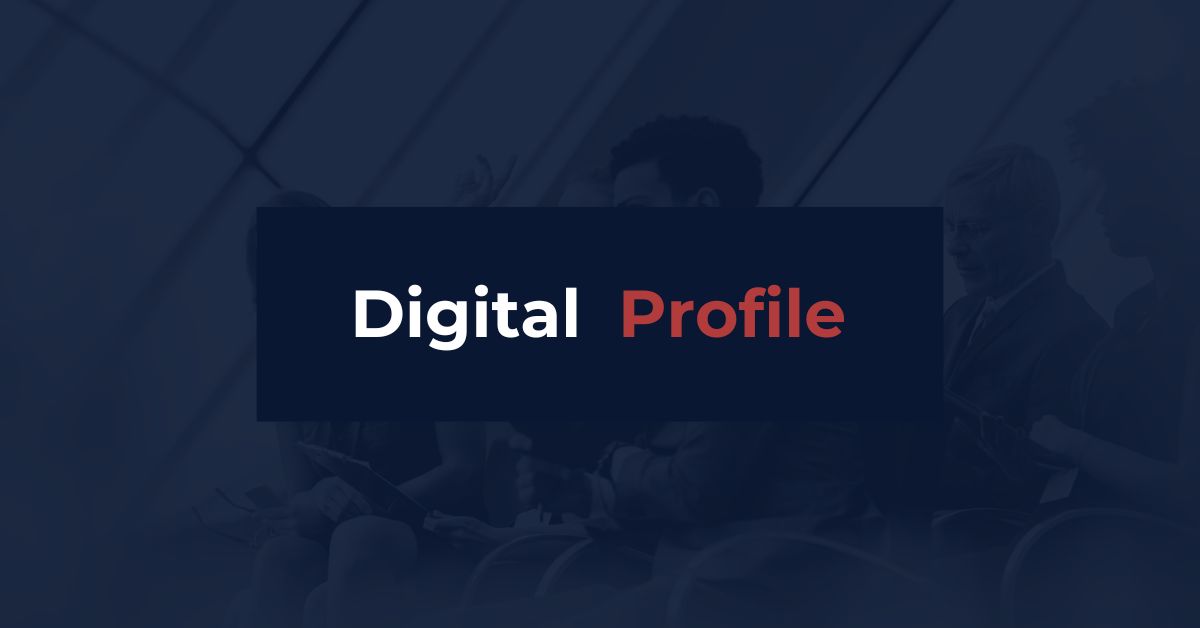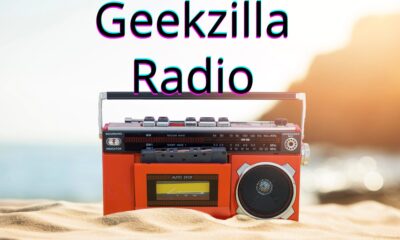Life style
Unseen Risks: Understanding Home Environmental Hazards

In the sanctity of our homes, we seek comfort, safety, and security. However, lurking beneath the surface are unseen environmental hazards that can compromise the health of our families and the integrity of our dwellings. Recognizing and mitigating these risks are pivotal steps in nurturing a healthy and sustainable living environment.
Common Unseen Risks
While visible threats to our home’s safety can be promptly addressed, hidden dangers often go unnoticed until they pose significant health risks or structural damage. Among these insidious threats are poor indoor air quality, mold, and asbestos—each carrying its own set of challenges.
- Poor Indoor Air Quality (IAQ): A myriad of factors contribute to IAQ, including volatile organic compounds (VOCs) from paints and furnishings, carbon monoxide, radon, and particulate matter from various sources. Prolonged exposure can lead to respiratory issues, allergies, and other health problems.
- Mold: Frequently caused by too much moisture, mold development can trigger severe health problems such as asthma attacks, allergies, and respiratory infections. Beyond being a health risk, it can also severely damage the structure and appearance of your home. Therefore, conducting mold inspections, especially in areas like St. George, is vital for maintaining a healthy home.
- Asbestos: A widely used building material until the 1970s, asbestos can still be found in many older homes. When disturbed or damaged, it can release microscopic fibers that, when inhaled, can cause lung scarring and cancer.
Strategies for Mitigating Risks
Identifying and addressing environmental hazards in the home requires vigilance, education, and sometimes professional assistance. Here are several strategies to mitigate these hidden risks effectively:
- Regular Maintenance and Inspection: Conducting regular inspections for signs of mold, deteriorating asbestos-containing materials and sources of indoor air pollution can help catch problems early.
- Improving Ventilation: Enhancing the flow of outdoor air into your home can greatly improve indoor air quality. Use exhaust fans, open windows when possible, and consider using air purifiers.
- Controlling Humidity: Keeping indoor humidity levels between 30% and 50% will help reduce the likelihood of mold growth and deterioration of materials.
- Using Safer Products: Opt for paints, furnishings, and building materials that contain low levels of VOCs to improve air quality and reduce exposure to harmful chemicals.
- Professional Testing and Remediation: For hazards like radon, asbestos, and severe mold infestations, professional testing and remediation are crucial to safely and effectively addressing these issues.
The Importance of Educating Homeowners
Educating homeowners about the potential environmental hazards hidden within their homes is a critical step toward creating healthier living spaces. Awareness is the first line of defense; knowing what risks may be present, where they commonly occur, and how to identify them is fundamental. Workshops, online resources, and community outreach programs can play significant roles in spreading vital information.
These educational initiatives can guide homeowners on the safe and effective management of these risks, fostering a culture of prevention rather than reaction. Armed with knowledge and resources, individuals can better protect their families and invest in the longevity and safety of their homes.
Impact on Health and Home
The impact of these environmental hazards extends beyond mere inconvenience. Health effects can range from mild symptoms like headaches and fatigue to severe conditions such as chronic respiratory diseases and cancer. Furthermore, the structural integrity of your home can be compromised, leading to costly repairs and diminished property value.
The Role of Technology and Innovation
Advancements in technology have introduced innovative solutions to detect and prevent home environmental hazards. Smart sensors and home monitoring systems can track indoor air quality in real time, alerting homeowners to potential issues. Additionally, new materials and building practices are being developed to reduce the presence of hazardous substances and improve overall home health.
Conclusion
Awareness and proactive management of home environmental hazards are crucial in protecting your health and preserving your home’s value. By understanding the unseen risks and leveraging technology and expert advice, homeowners can ensure their living spaces remain safe havens for their families. Take action today to safeguard your home against environmental hazards and enjoy peace of mind in your healthy, sustainable living environment.
Life style
The Perfect Guide to Choosing Anniversary Flowers

Introduction
Anniversaries are special milestones that celebrate love, commitment, and cherished memories. One of the most timeless and heartfelt ways to express your affection is through flowers. Whether it’s your first anniversary or your fiftieth, the right floral arrangement can convey emotions words sometimes can’t. This guide explores the significance of anniversary flowers, popular choices, and tips for selecting the perfect bouquet. We’ll also discuss the convenience of anniversary flowers delivery and how to make your gift even more memorable.
The Significance of Flowers in Anniversary Celebrations
Flowers have been symbols of love and devotion for centuries, with different blooms carrying unique meanings. Opting for anniversary flowers delivery ensures your gift arrives fresh and beautifully arranged, making the occasion even more special.
Key reasons flowers are perfect for anniversaries:
- Romantic Symbolism – Roses, lilies, and tulips represent love and passion.
- Personalized Messages – Different colors convey distinct emotions (red for love, pink for admiration).
- Timeless Elegance – A well-chosen bouquet enhances any celebration.
Whether you’re near or far, having flowers delivered adds a thoughtful touch to your anniversary surprise.
Best Flower Choices for Different Anniversaries
Each anniversary year has traditional and modern floral associations. Here are some ideal picks:
- 1st Anniversary (Paper) – Carnations (symbolizing young love)
- 5th Anniversary (Wood) – Daisies (representing loyalty and simplicity)
- 10th Anniversary (Tin/Aluminum) – Daffodils (symbolizing joy and renewal)
- 25th Anniversary (Silver) – Irises (meaning wisdom and admiration)
- 50th Anniversary (Gold) – Yellow roses (celebrating enduring love)
Matching flowers to the anniversary year adds a meaningful layer to your gift.
Factors to Consider When Choosing Anniversary Flowers
Before selecting a bouquet, keep these aspects in mind:
- Recipient’s Preferences – Favorite flowers or colors make the gift more personal.
- Seasonal Availability – Peonies in spring, sunflowers in summer, etc.
- Arrangement Style – Classic roses, mixed bouquets, or elegant orchids.
- Fragrance – Some flowers, like lilies, have a strong scent, while others are subtle.
A well-considered choice ensures your flowers resonate deeply with your partner.
Why Fresh Flowers for Anniversaries Make the Best Gift
While chocolates and jewelry are great, flowers for anniversaries remain a classic for good reason:
- Instant Emotional Impact – Bright, fresh blooms create an immediate sense of joy.
- Versatility – Suitable for any anniversary, whether casual or grand.
- Customization Options – Add-ons like chocolates, vases, or handwritten notes enhance the gift.
- Symbolic Longevity – Just as love grows, flowers can be preserved as keepsakes.
A beautifully arranged bouquet is a gesture that never goes out of style.
Tips for Preserving Anniversary Flowers
Make your floral gift last longer with these care tips:
- Trim Stems Diagonally – Helps flowers absorb water better.
- Change Water Daily – Prevents bacterial growth.
- Keep Away from Direct Sunlight – Extends freshness.
- Use Flower Food – Packets provided with bouquets help nourish blooms.
For a lasting memory, consider drying petals or pressing them in a frame.
Unique Ways to Present Anniversary Flowers
Go beyond the traditional bouquet with these creative ideas:
- Flower Subscription – Monthly deliveries to keep the celebration ongoing.
- Flower Wall or Petal Path – For a grand romantic gesture.
- Personalized Message-in-a-Bottle – Combine flowers with a heartfelt letter.
- Surprise Delivery at Work – Make their day extra special.
Adding a personal twist makes the gift unforgettable.
Conclusion
Anniversary flowers are more than just a gift—they’re a timeless expression of love. Whether you choose a classic red rose bouquet or a modern mixed arrangement, the right flowers can make your anniversary unforgettable. With the convenience of anniversary flowers delivery, you can surprise your loved one no matter where you are. And when you select the perfect flowers for anniversaries, you’re not just giving a beautiful present—you’re celebrating your journey together in the most heartfelt way. Choose wisely, and let your flowers speak the language of love.
Life style
Rejuvenation Skin Care: Your Guide to Timeless Beauty and Healthy Skin

Introduction
In today’s fast-paced world, maintaining healthy, youthful skin requires professional care and advanced treatments. At Re-juvenation Skin Care Clinic, we combine science-backed techniques with personalized attention to help you achieve your skincare goals. Whether you’re seeking preventive maintenance or transformative results, our classic Re-juvenation Skin Care Clinic approach blends time-tested methods with cutting-edge technology. This comprehensive guide explores our philosophy, services, and what makes professional skin rejuvenation different from at-home routines.
The Re-juvenation Skin Care Clinic Philosophy
Our Re-juvenation Skin Care Clinic operates on three core principles:
Personalized Treatment Plans
- Comprehensive skin analysis
- Custom-blended product formulations
- Condition-specific protocols
Science-Based Approaches
- Medical-grade equipment
- Clinically proven ingredients
- Results-driven methodologies
Holistic Wellness Integration
- Nutritional counseling
- Stress management techniques
- Lifestyle optimization advice
We treat skin as an organ reflecting overall health, not just a surface to be decorated.
Common Skin Concerns We Address
Our clinic specializes in treating:
✔ Aging-Related Issues
- Fine lines and wrinkles
- Loss of elasticity
- Age spots and pigmentation
✔ Environmental Damage
- Sun damage repair
- Pollution protection
- Dehydration reversal
✔ Medical Conditions
- Acne and rosacea
- Eczema and psoriasis
- Scarring and stretch marks
✔ Preventive Maintenance
- Collagen stimulation
- Barrier function strengthening
- Early intervention strategies
Each concern requires specialized treatment protocols for optimal results.
Our Signature Treatment Technologies
We invest in medical-grade equipment for superior outcomes:
Resurfacing Modalities
- Fractional laser treatments
- Medical microdermabrasion
- Chemical peel systems
Stimulation Therapies
- Radiofrequency skin tightening
- Microcurrent facial toning
- LED light therapy
Injection Techniques
- Neuromodulators for dynamic wrinkles
- Dermal fillers for volume restoration
- Mesotherapy for nutrient delivery
All procedures are performed by licensed professionals with extensive training.
The Classic Re-juvenation Skin Care Clinic Experience
Our classic Re-juvenation Skin Care Clinic package includes:
Consultation Process
- Detailed skin mapping
- VISIA complexion analysis
- Lifestyle assessment
Treatment Protocol
- Deep cleansing preparation
- Customized active serums
- Specialized massage techniques
- Targeted mask applications
Post-Treatment Care
- Homecare product recommendations
- Follow-up scheduling
- Progress tracking
This comprehensive approach ensures lasting results beyond the treatment room.
What to Expect During Your Visit
A typical appointment includes:
- Skin Assessment (15-20 minutes)
- Visual examination
- Digital imaging
- Treatment Session (30-90 minutes)
- Cleansing and prep
- Primary procedure
- Soothing applications
- Post-Care Consultation (10-15 minutes)
- Immediate aftercare instructions
- Product recommendations
Most clients notice visible improvements after just 1-3 sessions, with optimal results appearing after a complete treatment series.
Maintaining Results Between Visits
Extend your clinic results with:
✔ Medical-Grade Homecare
- Pharmaceutical-strength retinoids
- Antioxidant serums
- Growth factor formulations
✔ Lifestyle Practices
- SPF 30+ daily application
- Adequate hydration
- Antioxidant-rich diet
✔ Periodic Maintenance
- Monthly facials
- Seasonal peel treatments
- Annual skin assessments
Consistency is key for sustained skin health improvement.
Conclusion
At Re-juvenation Skin Care Clinic, we believe beautiful skin begins with healthy skin. Our classic Re-juvenation Skin Care Clinic methodology combines advanced dermatological science with individualized attention to address your unique complexion needs. From cutting-edge treatments to timeless skin care wisdom, we provide comprehensive solutions for all skin types and concerns. Whether you’re beginning your skincare journey or seeking to enhance an existing routine, professional guidance makes the difference between temporary fixes and lasting transformation. Schedule your consultation today to discover how our evidence-based approach can help you achieve and maintain your healthiest, most radiant skin.
Life style
The Importance of Consistency Across Your Digital Profiles

A consistent digital presence strengthens your professional brand and ensures that potential employers, clients, and collaborators receive a clear and unified impression of your expertise. Inconsistent information across multiple platforms can create confusion and weaken your credibility.
Aligning Information Across Platforms
Ensure that your job titles, work history, and skills are consistent across LinkedIn, personal websites, and other professional platforms. Discrepancies may raise questions about the accuracy of your experience.
Using a Cohesive Personal Brand
Your profile photo, headline, and summary should reflect the same tone and message across different platforms. A well-defined brand makes it easier for recruiters and industry professionals to understand your expertise and career focus.
Synchronizing Updates and Achievements
Regularly update all your profiles with new skills, certifications, and accomplishments. Keeping information current demonstrates engagement and growth in your field.
For expert guidance on crafting a professional and consistent digital presence, visit Professional Profile.
About Professional Profile
Professional Profile helps professionals craft compelling digital profiles that amplify their online presence and open doors to career opportunities. Through expert advice, tools, and resources, Professional Profile empowers individuals to showcase their skills, build a personal brand, and navigate the digital landscape for career success.
-

 News2 years ago
News2 years agoVaping: Beyond the Hype – Unveiling the Risks and Realities
-

 Fashion2 years ago
Fashion2 years agoWhat is λιβαισ? A Complete Guide
-

 Entertainment2 years ago
Entertainment2 years agoUnleashing Geekdom: Exploring the Wonders of Geekzilla Radio
-

 Games2 years ago
Games2 years agoHow to Download Games From ApunKaGames: A Comprehensive Guide
-

 Fashion7 months ago
Fashion7 months agothesparkshop.in/bear-design-long-sleeve-baby-jumpsuit
-

 Life style2 years ago
Life style2 years agoDemystifying λυσασ: Unveiling the Enigmatic Concept
-

 News7 months ago
News7 months agoUnlocking the Magic of Gemstones: A Comprehensive Guide
-

 Fashion7 months ago
Fashion7 months agoThesparkshop.In Clothing Men
